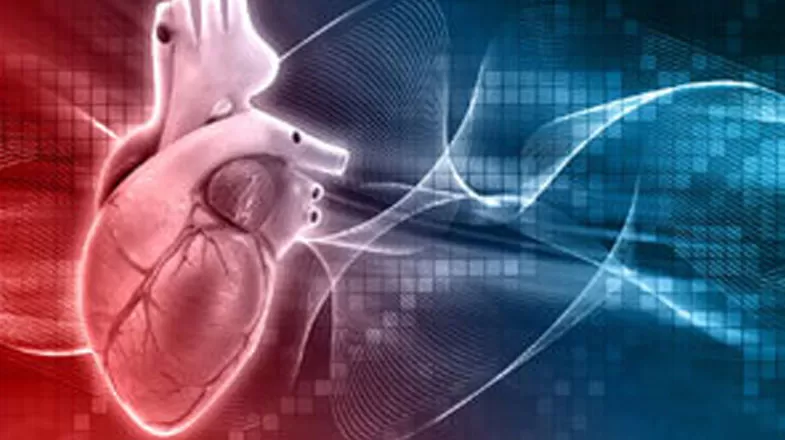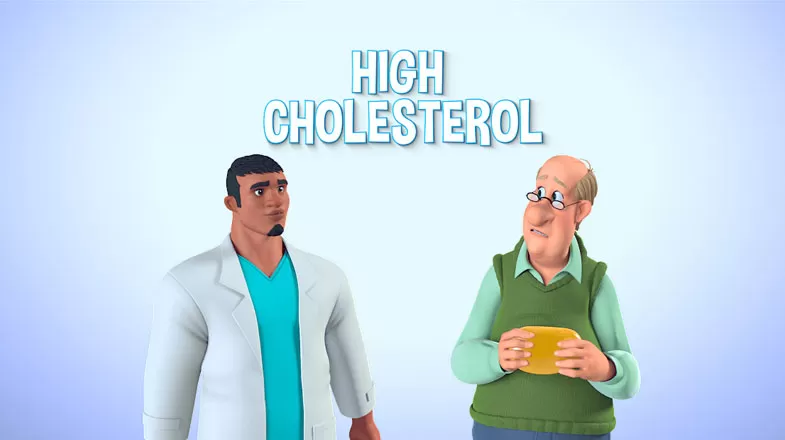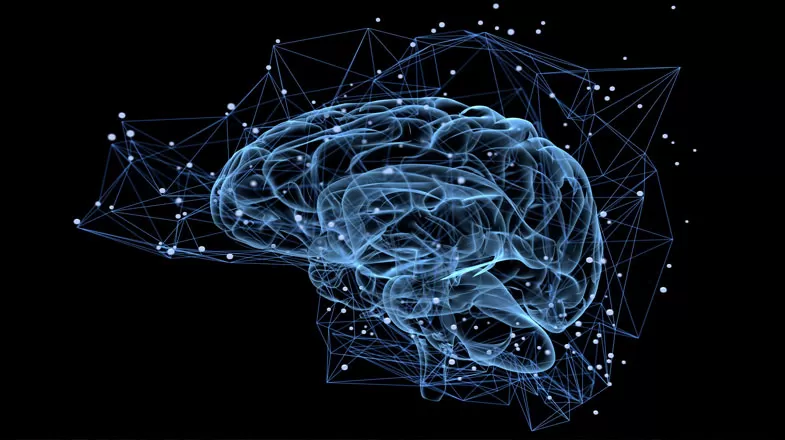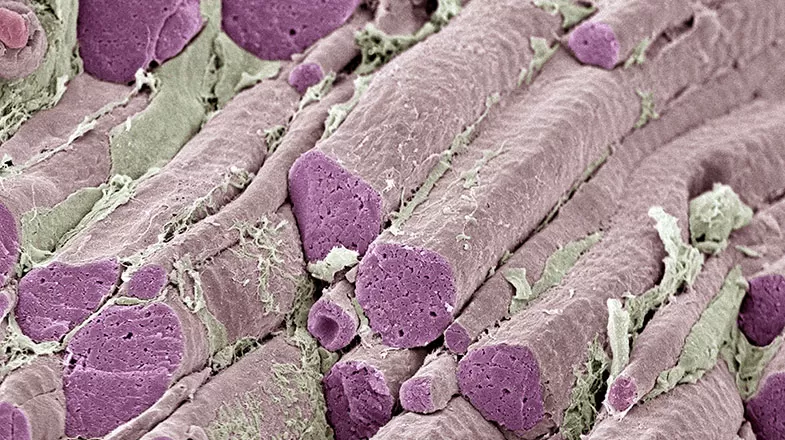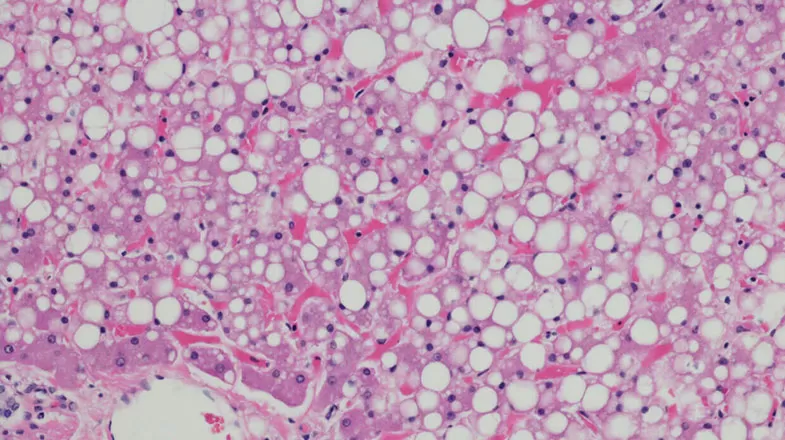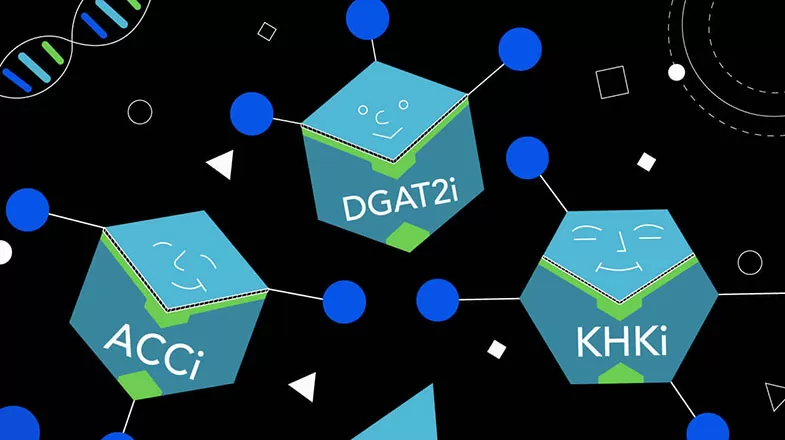- Science
- Clinical Trials
- Guide to Clinical Trials Your participation makes a difference
- Clinical Trials in Children Designed to improve kids' health
- Data and Results Sharing our Results
- Integrity and Transparency Building Trust
- Diversity Equity and Representation
- Plain Language Study Results Trial Result Summaries
- Expanded Access & Compassionate Use Possible Treatment Options
- Find a Trial
- Areas of Focus
- Rare Disease Smaller populations but big impact
- Internal Medicine Extending lifespans worldwide
- Inflammation & Immunology Treatment at the molecular level
- Vaccines Preventing the spread of infections
- Oncology The science of optimism
- Anti Infectives Combatting an evolving risk
- Areas of Innovation
- Gene Therapy Breakthroughs become treatments
- Medicinal Sciences The next generation of science
- Precision Medicine Developing tailored medicines
- Maternal Immunization Protecting newborns at the start
- mRNA Technology Unleashing the next wave of scientific innovations
- Diseases & Conditions
- Coronavirus Resources
- Product Pipeline
- Research Sites
- Clinical Trials
- Products
- How Drugs are Made
- Branded vs. Generic Learn the difference
- Biologics & Biosimilars Cures found in nature
- Commitment to Quality Maintaining the highest standards
- Global Supply Strategic manufacturing locations
- Manufacturing Sites Where medicine is made in the U.S.
- Medicine Safety
- Health Literacy Learning to be well
- Treatment Choices Learning about treatment decisions
- Partnering With Patients Helping others by reporting side effects
- Tips for Patients Preventing medication errors
- Reporting Adverse Events
- Counterfeiting Preventing medication errors
- Product Safety
- Product List
- Product Contacts
- PfizerPro for Professionals
- Patient Assistance Programs
- Distributors
- How Drugs are Made
- Stories
- Newsroom
- About
- People
- Executives Our senior-most leadership
- Board Members The people steering our company
- Scientists Our experts making discoveries
- Patient Stories Our patients
- Colleague Stories Our colleagues
- Responsibility
- Ethics & Compliance Each of us is responsible
- Responsible Business Breakthroughs that change patients’ lives
- Patient Advocacy & Engagement Putting Patients First
- Global Impact Meeting urgent needs worldwide
- Diversity, Equity, and Inclusion Everyone has something to offer
- Environmental Sustainability Our responsiblity to the environment
- Human Rights Furthering dignity and worth
- Health & Safety
- Intellectual Property The benefits of fair competition
- EHS Governance
- Misinformation
- Programs & Policies
- Grants Support for independent research
- Political Partnership Supporting like-minded organizations
- Working with Healthcare Professionals Collaboration to improve lives
- Prescription Value & Pricing How to lower patient costs
- Privacy Principles Commitment to personal data privacy
- Ready for Cures Improving Access to Medicines
- Transparency in Grants Committed to Disclosure
- Policy Positions
- Investors
- Investors Overview Information for stockholders
- Why Invest Why to join us in our mission
- Events & Presentations Calendar of upcoming events
- Financial Reports Quarterly reports and more
- Investor News Announcements about our performance
- Stock Information Charts and data
- Shareholder Services Information on stock transactions
- Corporate Governance
- Corporate Governance Overview Gaining insight into our performance
- Board Committees & Charters Defining the corporate structure
- The Pfizer Board Policies Ensuring ethical leadership
- Corporate Governance FAQs Learn more about our approach
- Contact Our Directors Email any of our Directors
- Purpose
- History
- Careers
- Partners
- People
The word “cardiovascular” applies to the heart (cardio) and the body’s numerous blood vessels (vascular), which include the heart, arteries, capillaries, arterioles, and venules.1 Cardiovascular diseases cover an array of conditions affecting the heart and blood vessels.2 Together, these diseases are the leading cause of death in the U.S.3 You may also hear these conditions referred to as cardiac diseases or heart diseases.2
When someone is born with a cardiovascular disease, it is called a congenital heart disease. Others may develop heart or cardiovascular diseases as they age.2
What are cardiovascular diseases?
Cardiovascular diseases affect the heart and blood vessels in different ways. For example, blood vessels may become obstructed by fatty deposits, referred to as plaque, leading to heart attacks or strokes.2,4
With heart attacks, a blood clot obstructs the heart. Heart muscle can die if it is denied blood for long enough.5
Ischemic strokes are the most frequent type of stroke. They occur when an obstruction such as a blood clot blocks blood vessels from supplying the brain. This can kill brain cells, causing a person to lose certain abilities, depends on the affected region of the brain. Hemorrhagic strokes, another type of stroke, happen when a blood vessel breaks leading to bleeding in the surrounding brain.The most common cause of hemorrhagic strokes is uncontrolled hypertension (high blood pressure).5
Depending on the specific disease type, there are factors that can put a person at risk for cardiovascular diseases.2 Factors include:
- High blood pressure (hypertension)6
- Lack of exercise6
- High LDL cholesterol (also known as “bad” cholesterol)6
- Poor diet6
- Diabetes6
- Obesity6
- Smoking6
- Infections2
- Certain medications2
- Other diseases2
In the case of congenital heart diseases, genetics may be the cause.7 Genetics are also the cause of one type of transthyretin amyloid cardiomyopathy (ATTR-CM), called hereditary ATTR-CM. Another form of that condition, wild-type ATTR-CM, does not have genetic underpinnings.8
ATTR-CM is a condition in which a specific protein accumulates in the heart, nerves, and other organs. This accumulation can stiffen the heart walls, hardening the left ventricle of the heart. This is called cardiomyopathy, which can cause heart failure.8
How do cardiovascular diseases affect the body?
In many cases, cardiovascular diseases are “silent,” meaning they go unnoticed until a person begins to show symptoms of heart failure, a heart attack, or an arrhythmia.6 Some common ways heart conditions affect health, along with their symptoms, include:
- Heart attack: Chest pain, shoulder or arm pain, shortness of breath9
- Arrhythmia: Feeling faint, dizzy, tired, weak, or having trouble breathing10
- Heart failure: Difficulty breathing, lower-body swelling, shortness of breath with normal activity11
People can prevent cardiovascular disease. Healthy lifestyles that keep blood pressure, cholesterol, and blood sugar under control can reduce the risk of cardiovascular conditions and subsequent heart attack, arrhythmia, or heart failure.12
- References
- Cardiovascular. MedlinePlus. https://medlineplus.gov/ency/article/002310.htm. Accessed April 27, 2023.
- Heart diseases. MedlinePlus. https://medlineplus.gov/heartdiseases.html. Updated September 2, 2022. Accessed April 5, 2023.
- Leading causes of death. Centers for Disease Control and Prevention. https://www.cdc.gov/nchs/fastats/leading-causes-of-death.htm. Updated January 18, 2023. Accessed April 5, 2023.
- Cardiovascular diseases. World Health Organization. https://www.who.int/news-room/fact-sheets/detail/cardiovascular-diseases-(cvds). Updated June 11, 2021. Accessed April 27, 2023.
- What is cardiovascular disease? American Heart Association. https://www.heart.org/en/health-topics/consumer-healthcare/what-is-cardiovascular-disease. Updated May 31, 2017. Accessed April 27, 2023.
- About heart disease. Centers for Disease Control and Prevention. https://www.cdc.gov/heartdisease/about.htm. Updated March 21, 2023. Accessed April 5, 2023.
- Congenital heart defects. MedlinePlus. https://medlineplus.gov/congenitalheartdefects.html. Updated August 10, 2022. Accessed April 5, 2023.
- Transthyretin amyloid cardiomyopathy (ATTR-CM). American Heart Association. https://www.heart.org/en/health-topics/cardiomyopathy/what-is-cardiomyopathy-in-adults/transthyretin-amyloid-cardiomyopathy-attr-cm. Accessed April 27, 2023.
- Heart attack symptoms, risk, and recovery. Centers for Disease Control and Prevention. https://www.cdc.gov/heartdisease/heart_attack.htm. Updated July 12, 2022. Accessed April 5, 2023.
- Arrhythmias. Symptoms. National Heart, Lung, and Blood Institute. https://www.nhlbi.nih.gov/health/arrhythmias/symptoms. Updated March 24, 2022. Accessed April 5, 2023.
- Heart failure. Centers for Disease Control and Prevention. https://www.cdc.gov/heartdisease/heart_failure.htm. Updated January 5, 2023. Accessed April 5, 2023.
- Prevent heart disease. Centers for Disease Control and Prevention. https://www.cdc.gov/heartdisease/prevention.htm. Updated March 21, 2023. Accessed April 5, 2023.

